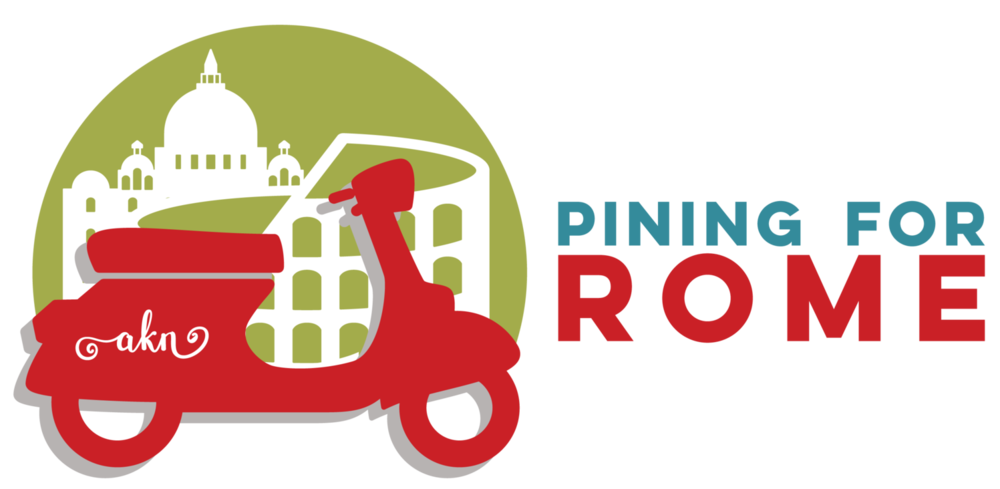It’s the bane of every photographer and traveler: the photo op that got away. And I’m convinced the more photos you take, the more often you find yourself wishing, “If only I had my camera right now!”
For me, the Big One happened in Winter, 2001. We hadn’t lived in Sacramento more than a few weeks when September 11 changed everything. The city, the state, the country, and the world were gripped by fear and anxiety, and my husband and I were by no means immune. We had moved to a city where we didn’t know anyone. We didn’t have any friends. Our family was thousands of miles away. We felt very, very alone.
One afternoon we sat together eating a late lunch at Jack’s Urban Eats, one of our favorite local restaurants. Jack’s is in midtown Sacramento, right next to some railroad tracks that are frequently used. The winter sun was low in the sky. The tree branches were bare. And Jack’s was deserted, an afternoon lull. As we sat, chatting away, suddenly a train rumbled past. I looked up and reflected in the restaurant’s windows was a portent: the train passing was loaded with tanks.
We stood up and walked outside. Tank after tank after tank -- painted in desert camouflage -- passed as the train made its way through Midtown Sacramento.
And I didn’t have a camera with me. Here we are nearly a decade later, and that day still sticks with me. If only I’d had my camera...
Every time I’m stopped by a train now, I look to see what the cargo is. And I carry my camera with me much more frequently. But I still wish I’d gotten a photo of the train full of tanks making its way through town.
So, tell us: what’s that photographic moment you missed that you’ll never forget?



